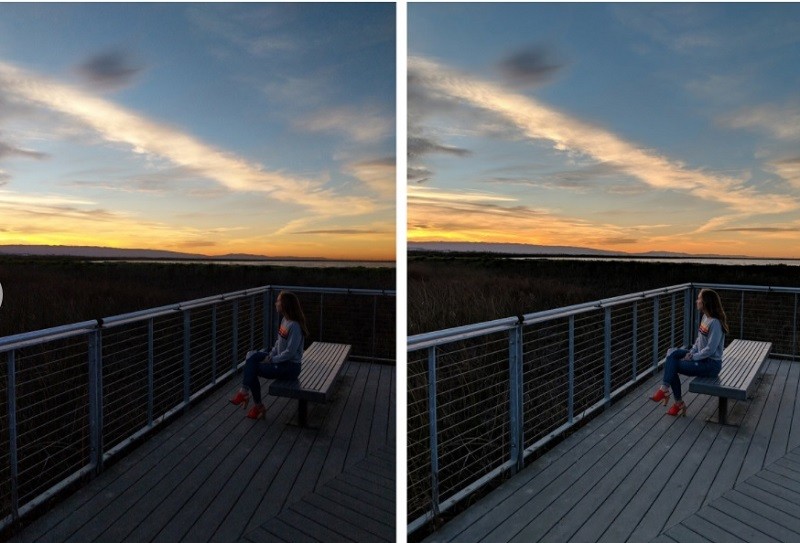The Google Pixel 2 and Pixel 2 XL that were launched last year on October 4 came with a dedicated chip for imaging called Pixel Visual Core. That chip is used to make the photos taken from Google’s Camera app in Pixel 2 look great. Well, until now, that’s what all of us thought was happening. But the reality is different. We are saying this because Google has now revealed that its Camera app in the second-gen Pixel smartphones doesn’t use the Visual Core chip after all.

Google has told Ars Technica‘s Ron Amadeo that their Camera app in the Pixel 2 and 2 XL doesn’t use the Pixel Visual Core chip. Well, it means that Instagram, WhatsApp and Snapchat are the first apps ever to make use of the Visual Core chip on the second-gen Pixel smartphones.
I got a fun correction from Google today: The Google Camera app does not use the Pixel Visual Core. Google's camera app doesn't use Google's camera chip. Facebook and Snapchat are the first ever uses of it.
— Ron Amadeo (@RonAmadeo) February 7, 2018
For those unaware, the Visual Core on the second-gen Pixel smartphones was dormant right from the launch. And, it was enabled only after the Android 8.1 Oreo update was rolled out in December last year. And, two days ago, Google enabled the Visual Core for third-party apps like Instagram, WhatsApp and Snapchat through February security patch.
Well, you might be wondering that if the Google Camera app on the second-gen Pixels doesn’t use the Visual Core chip, then how do these Pixel smartphones take such awesome shots, even in low light? The simple answer is “optimization”.
They still use Hexagon (QDSP) from the Google Camera app on the Pixel 2 (XL) just like the Pixel (XL) and they still have a special google_camera_app SELinux policy domain. Other apps can't do what Google Camera does right now.
— CopperheadOS (@CopperheadOS) February 7, 2018
According to CopperheadOS, instead of using the Pixel Visual Core chip, the Google Camera app in second-gen Pixel smartphones uses the DSP (Digitial Signal Processor) of Qualcomm’s Snapdragon 835 chip and still gives way better results than other phones that too are powered by the Snapdragon 835 chip.
The Google Pixel camera team leads talked about this in this interview: https://t.co/wecamdEmjc pic.twitter.com/yFHKqZfGsv
— Evan (@EvanHalley) February 7, 2018
Besides, in an interview to FoneArena last November, Brian Rakowski – VP of Product Management at Google, already said that they do “sophisticated processing, optimising and tuning in the camera app itself to get the maximum performance possible”, and hence, they don’t need to take advantage of the Pixel Visual Core in the Google Camera app.
Well, either way, the Pixel Visual Core is used to bring HDR+ tech to third-party apps, and, as the Google Camera app in second-gen Pixel smartphones already has that, it kind of makes sense to not use the Visual Core chip. But, you never know if Google decides to resort to Visual Core for faster HDR+ processing in the Google Camera app in the future. However, that seems unlikely at this point.

